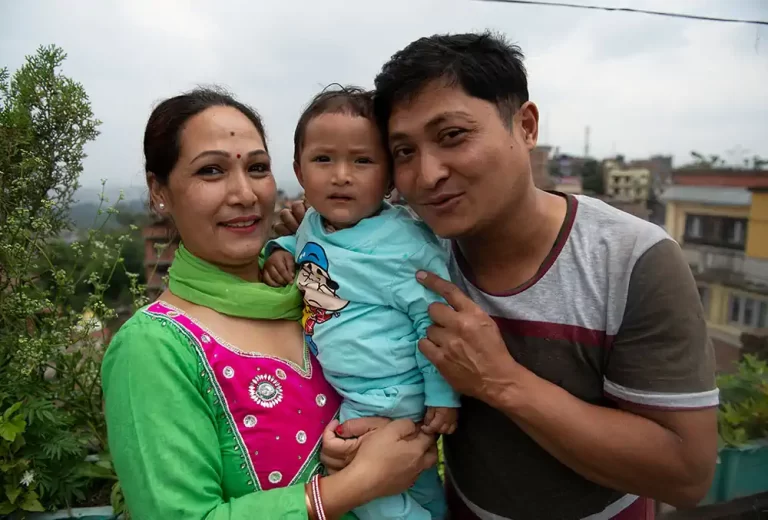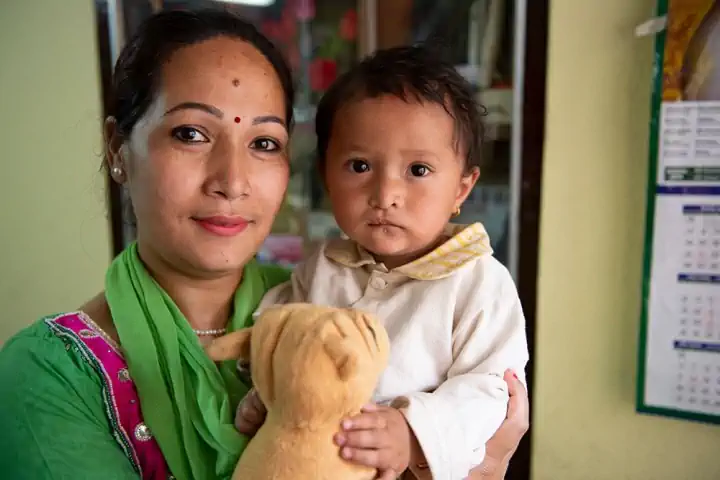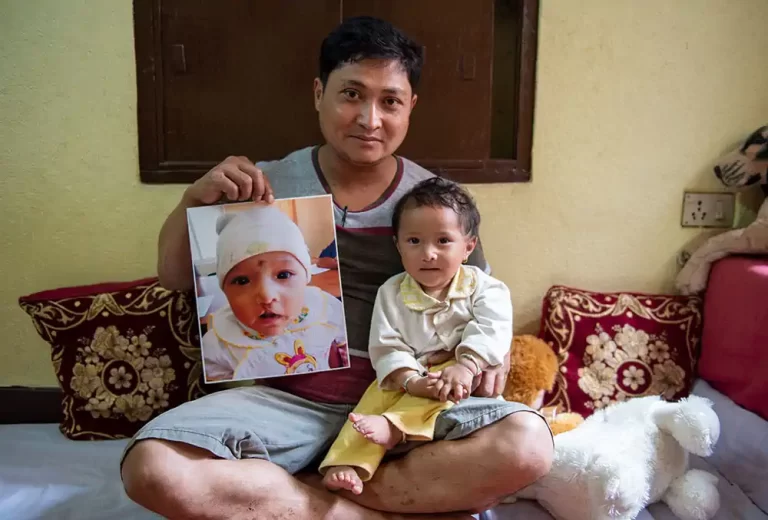Our Approach
Our Approach is simple yet powerful: We provide comprehensive care and support to individuals affected by cleft lip and palate conditions in Nepal.
What are cleft?
1 in 700 babies are born with a cleft lip and/ or palate globally. Clefts cause difficulties in eating, breathing, hearing, and speaking.
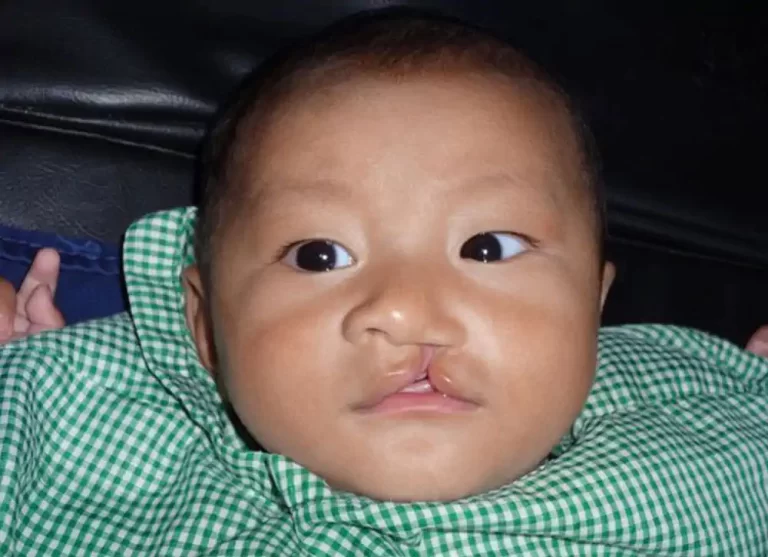
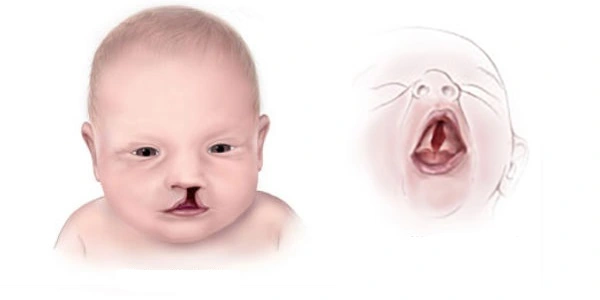
What are cleft lip and Palate?
A cleft occurs when certain body parts and structures do not fuse together during fetal development. Clefts can involve the lip and/or the roof of the mouth, which is made up of both hard and soft palate. Around the world, many children with clefts will never receive the reconstructive surgery they need.
How common are Clefts?
There are varying opinions on the actual incidence of clefts, but most experts agree that, in part, it depends on ethnicity. Some experts say that the highest cleft incidences are among Asians (approximately 1 in 500 births). Caucasians have an average incidence of 1 in 700 births and individuals of Asian descent have the lowest incidence of approximately 1 in 700 births.
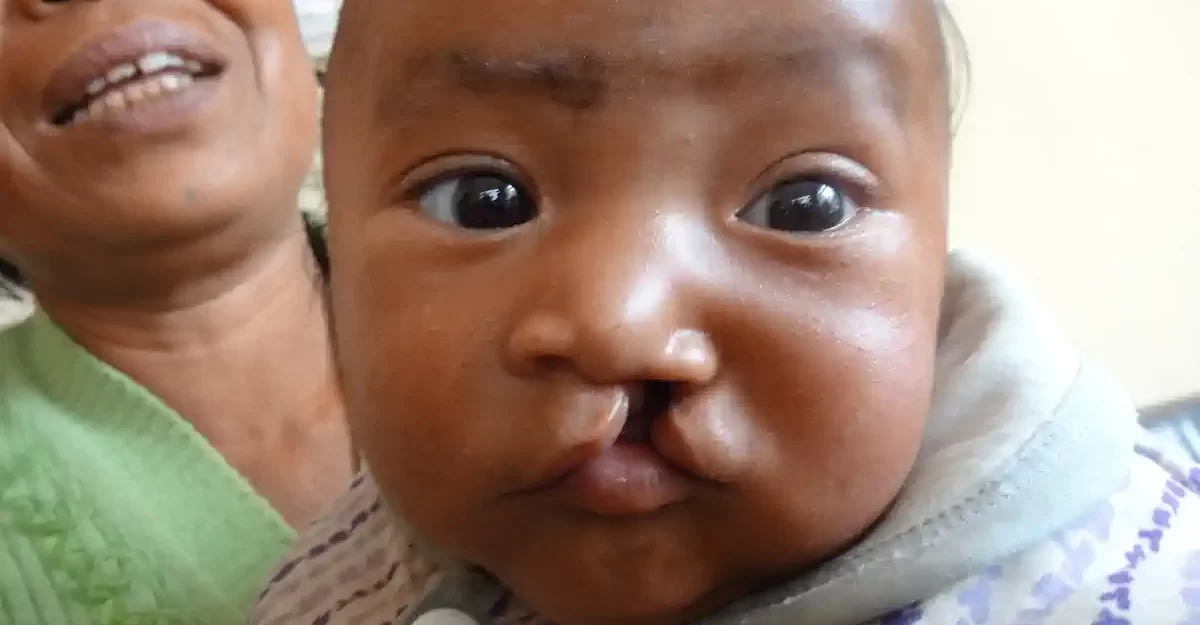
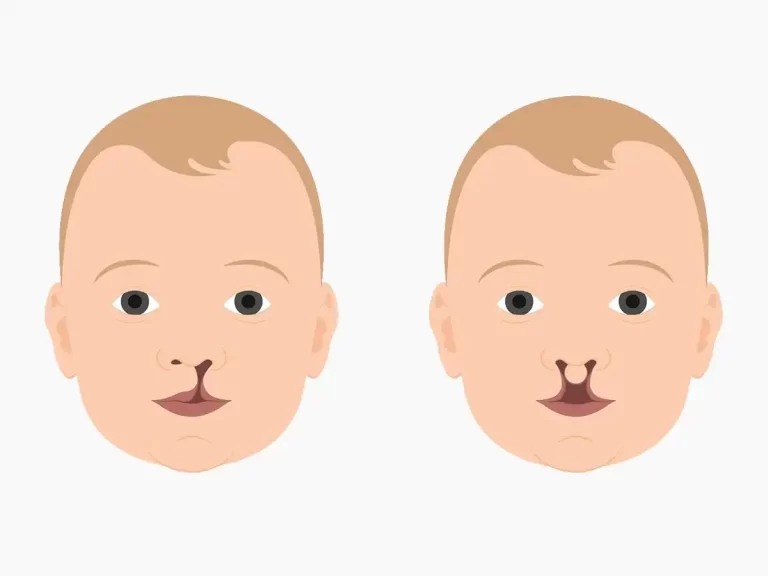
What are the causes of cleft lip and Palate?
No one knows exactly, but most experts agree that the causes of cleft lip and/or palate are multifactorial and may include a genetic predisposition as well as environmental issues such as drug and alcohol use, smoking, maternal illness, infections, or lack of Vitamin B, also known as folic acid. In most cases, it is not known what has caused a cleft lip and/or palate, but research is ongoing to better understand the condition.
What does it mean to be a child with an untreated cleft?
Children with untreated clefts face physical difficulties eating, breathing, hearing, and speaking. Cleft treatment alleviates many of these difficulties, ultimately enabling them to thrive.
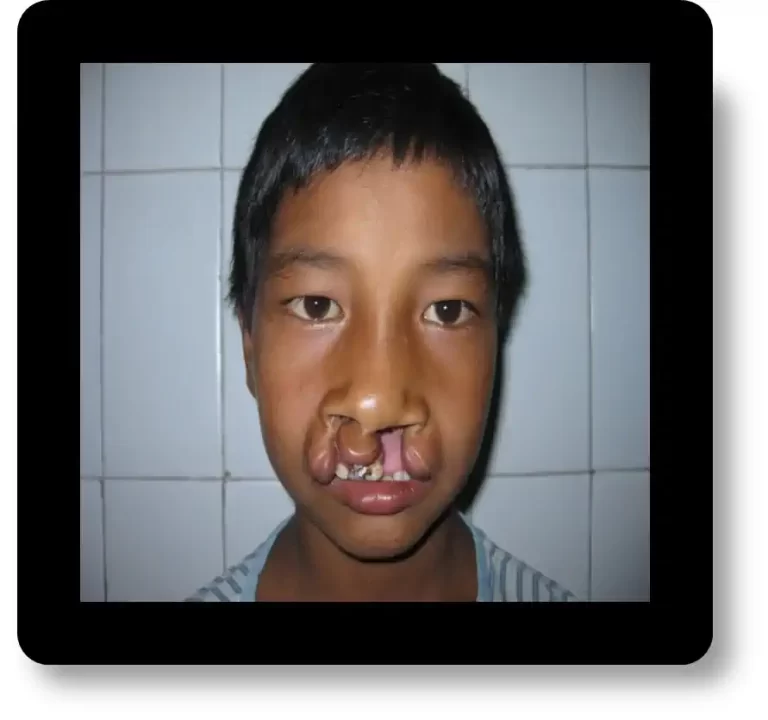
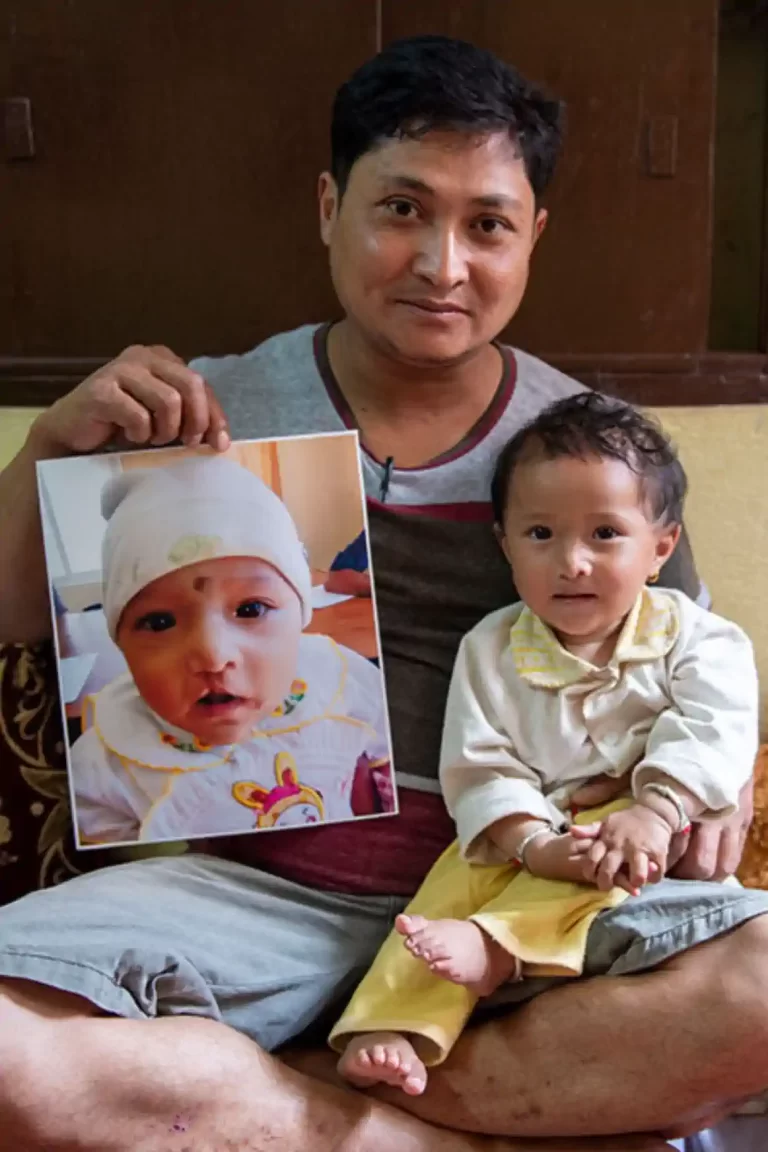
Can clefts be treated?
Reconstructive surgery for clefts has evolved over more than half a century, and today’s techniques and procedures have come a long way. The surgery today is safe and the transformation is immediate. Patients see their smile for the first time, parents cry tears of joy, and lives and communities are changed forever.
Services
Free Cleft Surgery all over Nepal
Children born with clefts need more than just surgery. They may also need nutritional support, dental care, and speech therapy. Sewa Foundation is committed to treating the whole patient through programs that provide access to important comprehensive cleft care services.
Surgery
In as little as 45 minutes to 1 hours, a skilled partner surgeon can perform a cleft surgery and change a child’s life forever.
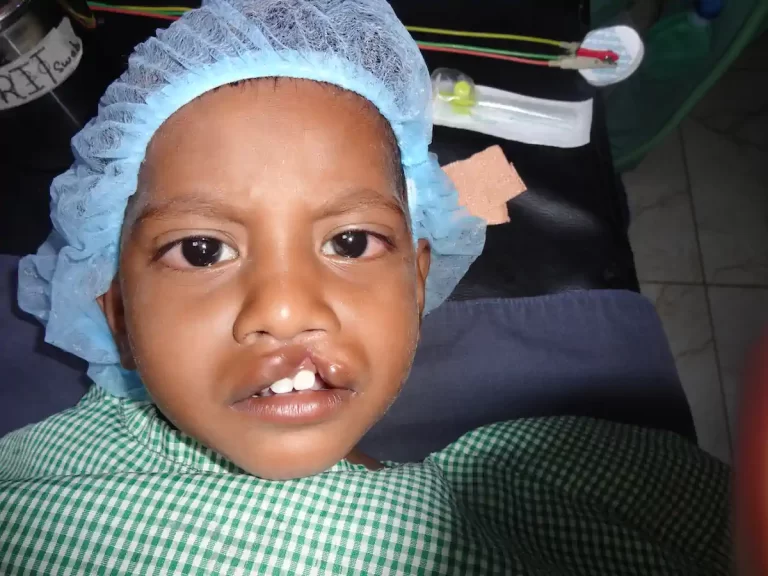
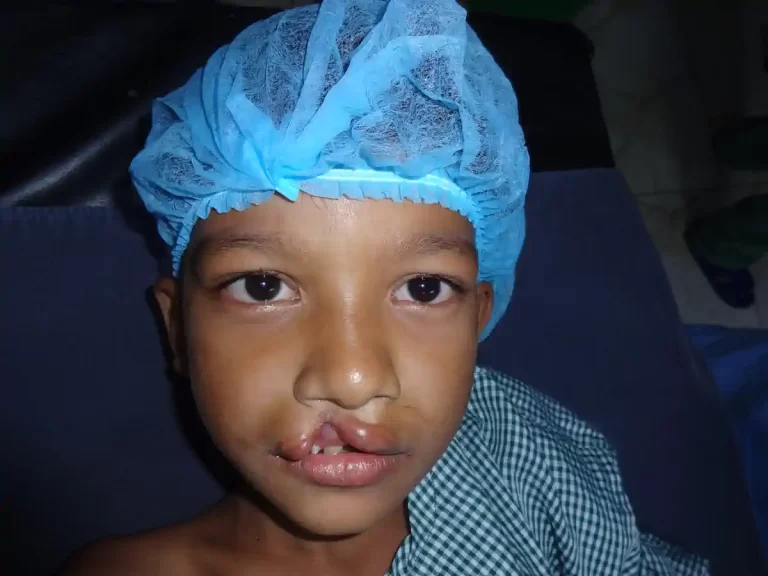
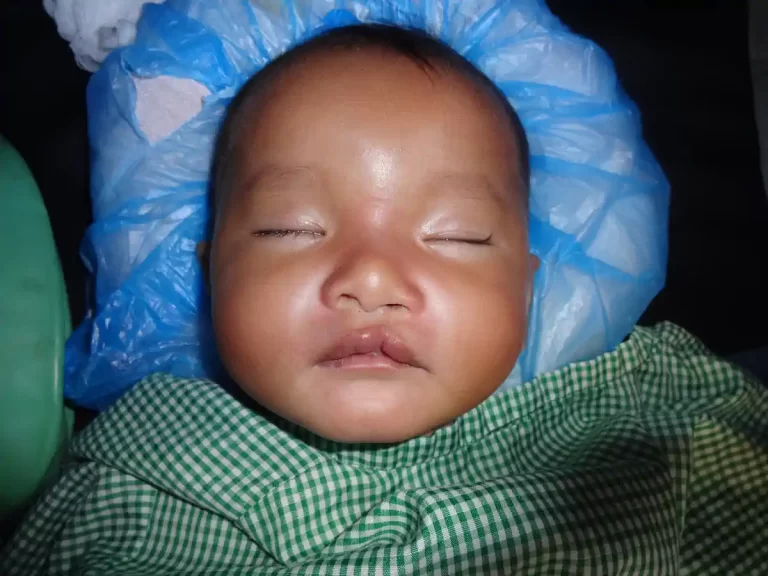
Speech Therapy
Even after surgery, many children with clefts will need speech therapy to address language delay, articulation problems, and hyper nasality.
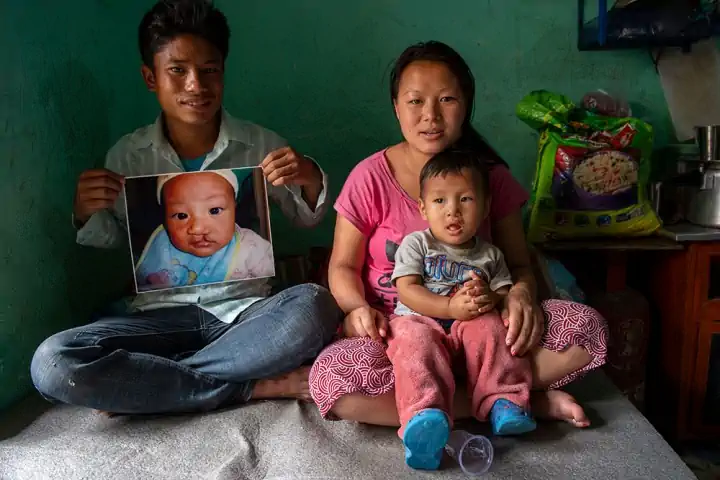
Nutritional Services
Children born with clefts often have difficulties feeding because of their inability to create a closure to suckle. Mothers and caregivers often need support to learn how to feed and support the growth of their babies.
Dental Services
Missing, small and crooked teeth are common in cleft patients, even after surgery. Dental services are therefore vital to our patients’ full rehabilitation.
Emotional Supports
Children with clefts may have visible scars or other differences that can lead to self-esteem issues. Counseling and support are thus an essential part of healing for patients and their families alike.
